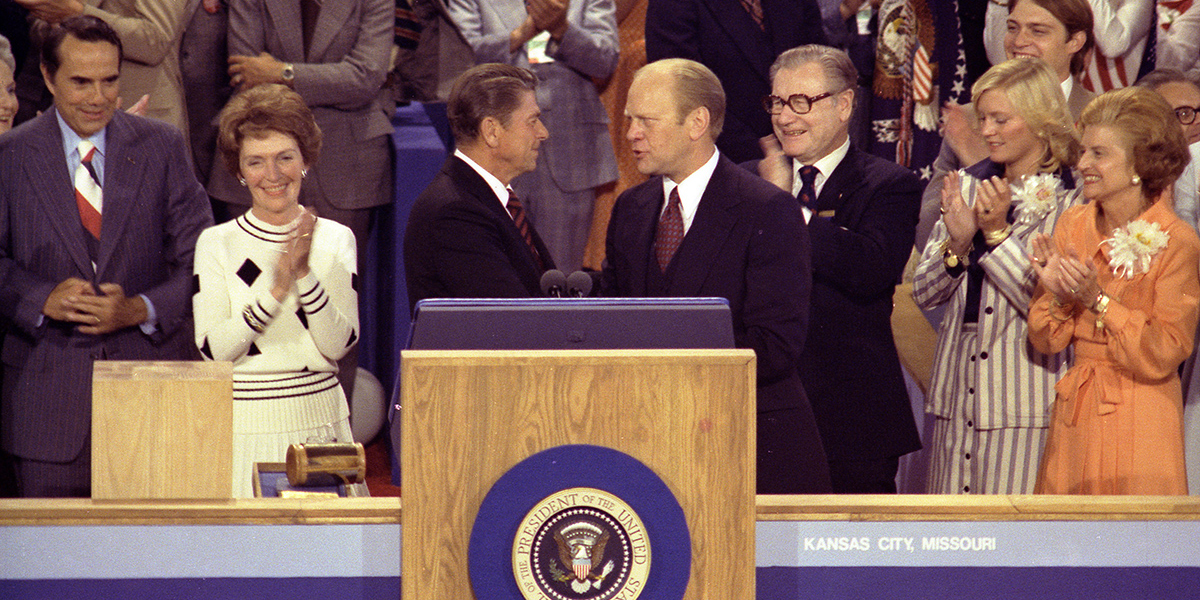Contested conventions, where no single candidate secures a majority of delegates before the party’s national convention, have played a significant role in the history of the Republican Party. These events, marked by intense negotiations, multiple ballots, and sometimes dramatic shifts in momentum, have shaped the party’s direction and the broader political landscape of the United States.
Early Contested Conventions
The concept of a contested convention is almost as old as the Republican Party itself. Founded in 1854, the party’s early conventions were not always straightforward. The first Republican National Convention in 1856 saw John C. Frémont emerge as the nominee after three ballots, but the process was relatively orderly compared to later conventions.
The 1860 convention in Chicago, however, was a different story. With the nation on the brink of civil war, the stakes were high. Abraham Lincoln, a relatively unknown former congressman from Illinois, faced off against better-known candidates like William Seward, Salmon Chase, and Edward Bates. Seward led on the first ballot but failed to secure a majority. Lincoln, skillfully managed by his campaign team, gained momentum on subsequent ballots, winning the nomination on the third ballot. This convention highlighted the importance of strategic delegate management and coalition-building, elements that would define future contested conventions.
The Tumultuous 1880 Convention
The 1880 Republican National Convention in Chicago was one of the most contentious in the party’s history. President Rutherford B. Hayes had decided not to seek re-election, leaving the field open. The main contenders were former President Ulysses S. Grant, who sought an unprecedented third term, James G. Blaine, and John Sherman.
Grant, a Civil War hero, had strong support but was opposed by the anti-Grant faction led by Blaine. On the first ballot, Grant received 304 votes, Blaine 284, and Sherman 93, but none had a majority. The balloting continued for 36 rounds without a decisive outcome. Eventually, a dark horse candidate, James A. Garfield, emerged as a compromise. Initially not even a candidate, Garfield received votes on the 35th ballot and secured the nomination on the 36th. This convention underscored the potential for unexpected outcomes and the power of compromise.
The 1912 Showdown: Roosevelt vs. Taft
The 1912 convention was a dramatic confrontation between former President Theodore Roosevelt and the incumbent, William Howard Taft. Roosevelt, dissatisfied with Taft’s presidency, challenged him for the nomination. The convention was held in Chicago, and the atmosphere was charged with tension.
Roosevelt won a series of primary contests, but Taft controlled the party machinery and the delegate selection process. As a result, Taft secured a majority of delegates before the convention. However, the credentials of many delegates were disputed, leading to a bitter battle on the convention floor. Despite Roosevelt’s vigorous campaign, the convention ultimately nominated Taft. Roosevelt and his supporters then bolted from the Republican Party and formed the Progressive Party, splitting the Republican vote in the general election and paving the way for Democrat Woodrow Wilson’s victory.
The Deadlock of 1920
The 1920 Republican National Convention in Chicago was another example of a contested convention with significant implications. The leading candidates were General Leonard Wood, Illinois Governor Frank Lowden, and Senator Hiram Johnson. None secured a majority on the first ballot, and the deadlock continued through nine ballots.
Eventually, a compromise candidate, Ohio Senator Warren G. Harding, emerged. Harding had not been a frontrunner but was seen as an acceptable choice by various factions within the party. On the tenth ballot, Harding received the nomination. This convention highlighted the role of backroom negotiations and the influence of party leaders in determining the outcome.
The Modern Era: 1948 and Beyond
As the 20th century progressed, the advent of primary elections and changes in the delegate selection process reduced the frequency of contested conventions. However, they did not disappear entirely.
The 1948 Republican National Convention in Philadelphia saw a contested scenario with New York Governor Thomas Dewey, Ohio Senator Robert Taft, and former Minnesota Governor Harold Stassen as the main contenders. Dewey led on the first ballot but lacked a majority. After several ballots, Dewey secured the nomination. This convention demonstrated the growing importance of primary victories in shaping delegate support.
In more recent times, the 1976 Republican National Convention in Kansas City was the last truly contested convention. Incumbent President Gerald Ford faced a strong challenge from former California Governor Ronald Reagan. Ford had a slight edge in delegate count but not a clear majority. The convention saw intense lobbying and negotiations, with both campaigns vying for uncommitted delegates. Ford narrowly won the nomination on the first ballot, but the convention underscored deep divisions within the party that would shape its future.
The Role of Contested Conventions Today
In the modern era, the primary system has largely diminished the likelihood of contested conventions. The proliferation of state primaries and caucuses means that candidates usually secure a majority of delegates before the convention. However, the possibility remains, especially in a crowded field or when no candidate secures a decisive lead.
Contested conventions, while less common, continue to capture the imagination of political observers and historians. They represent moments of high drama, where the party’s direction hangs in the balance, and where unexpected outcomes can reshape the political landscape. The legacy of these conventions is a testament to the dynamic and sometimes unpredictable nature of American politics.
The history of contested conventions in the Republican Party reflects the evolution of the American political system. From the tumultuous conventions of the 19th century to the dramatic showdowns of the 20th century, these events have shaped the party’s identity and influenced the broader political discourse. While modern changes have reduced their frequency, the potential for contested conventions remains, a reminder of the complex and often unpredictable nature of democratic processes.
